
Filter News
Area of Research
News Type
News Topics
- (-) Advanced Reactors (2)
- (-) Bioenergy (15)
- (-) Biology (23)
- (-) Clean Water (5)
- (-) Composites (4)
- (-) Cybersecurity (9)
- (-) Exascale Computing (15)
- (-) Isotopes (10)
- (-) Machine Learning (15)
- (-) Space Exploration (4)
- 3-D Printing/Advanced Manufacturing (16)
- Artificial Intelligence (26)
- Big Data (10)
- Biomedical (6)
- Biotechnology (4)
- Buildings (10)
- Chemical Sciences (19)
- Computer Science (22)
- Coronavirus (3)
- Critical Materials (5)
- Education (3)
- Emergency (1)
- Energy Storage (16)
- Environment (39)
- Fossil Energy (2)
- Frontier (18)
- Fusion (9)
- Grid (13)
- High-Performance Computing (31)
- Hydropower (2)
- Materials (50)
- Materials Science (14)
- Mathematics (2)
- Mercury (2)
- Microelectronics (2)
- Microscopy (7)
- Molten Salt (1)
- Nanotechnology (6)
- National Security (21)
- Neutron Science (27)
- Nuclear Energy (19)
- Partnerships (24)
- Physics (14)
- Polymers (3)
- Quantum Computing (9)
- Quantum Science (7)
- Security (3)
- Simulation (26)
- Software (1)
- Summit (9)
- Transportation (10)
Media Contacts
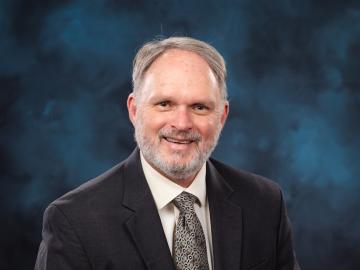
Mickey Wade has been named associate laboratory director for the Fusion and Fission Energy and Science Directorate at the Department of Energy’s Oak Ridge National Laboratory, effective April 1.

A team of scientists led by the Department of Energy’s Oak Ridge National Laboratory designed a molecule that disrupts the infection mechanism of the SARS-CoV-2 coronavirus and could be used to develop new treatments for COVID-19 and other viral diseases.
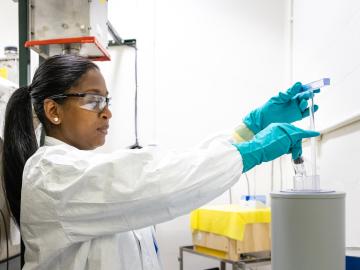
A series of new classes at Pellissippi State Community College will offer students a new career path — and a national laboratory a pipeline of workers who have the skills needed for its own rapidly growing programs.

A technology developed at ORNL and used by the U.S. Naval Information Warfare Systems Command, or NAVWAR, to test the capabilities of commercial security tools has been licensed to cybersecurity firm Penguin Mustache to create its Evasive.ai platform. The company was founded by the technology’s creator, former ORNL scientist Jared M. Smith, and his business partner, entrepreneur Brandon Bruce.

The Center for Bioenergy Innovation has been renewed by the Department of Energy as one of four bioenergy research centers across the nation to advance robust, economical production of plant-based fuels and chemicals.

Scientists at ORNL have confirmed that bacteria-killing viruses called bacteriophages deploy a sneaky tactic when targeting their hosts: They use a standard genetic code when invading bacteria, then switch to an alternate code at later stages of
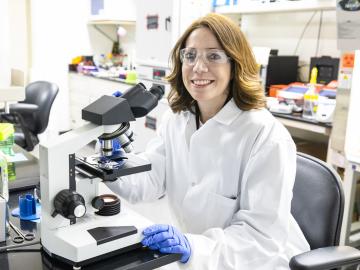
Joanna Tannous has found the perfect organism to study to satisfy her deeply curious nature, her skills in biochemistry and genetics, and a drive to create solutions for a better world. The organism is a poorly understood life form that greatly influences its environment and is unique enough to deserve its own biological kingdom: fungi.
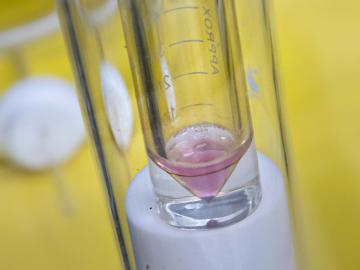
With larger, purer shipments on a more frequent basis, Oak Ridge National Laboratory is moving closer to routine production of promethium-147. That’s thanks in part to the application of some specific research performed a decade ago for a completely different project.
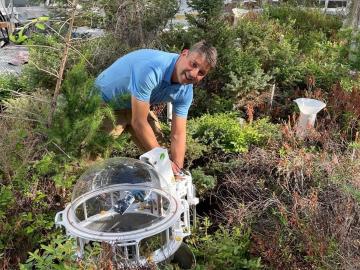
A quest to understand how Sphagnum mosses facilitate the storage of vast amounts of carbon in peatlands led scientists to a surprising discovery: the plants have sex-based differences that appear to impact the carbon-storing process.

U2opia Technology, a consortium of technology and administrative executives with extensive experience in both industry and defense, has exclusively licensed two technologies from ORNL that offer a new method for advanced cybersecurity monitoring in real time.


